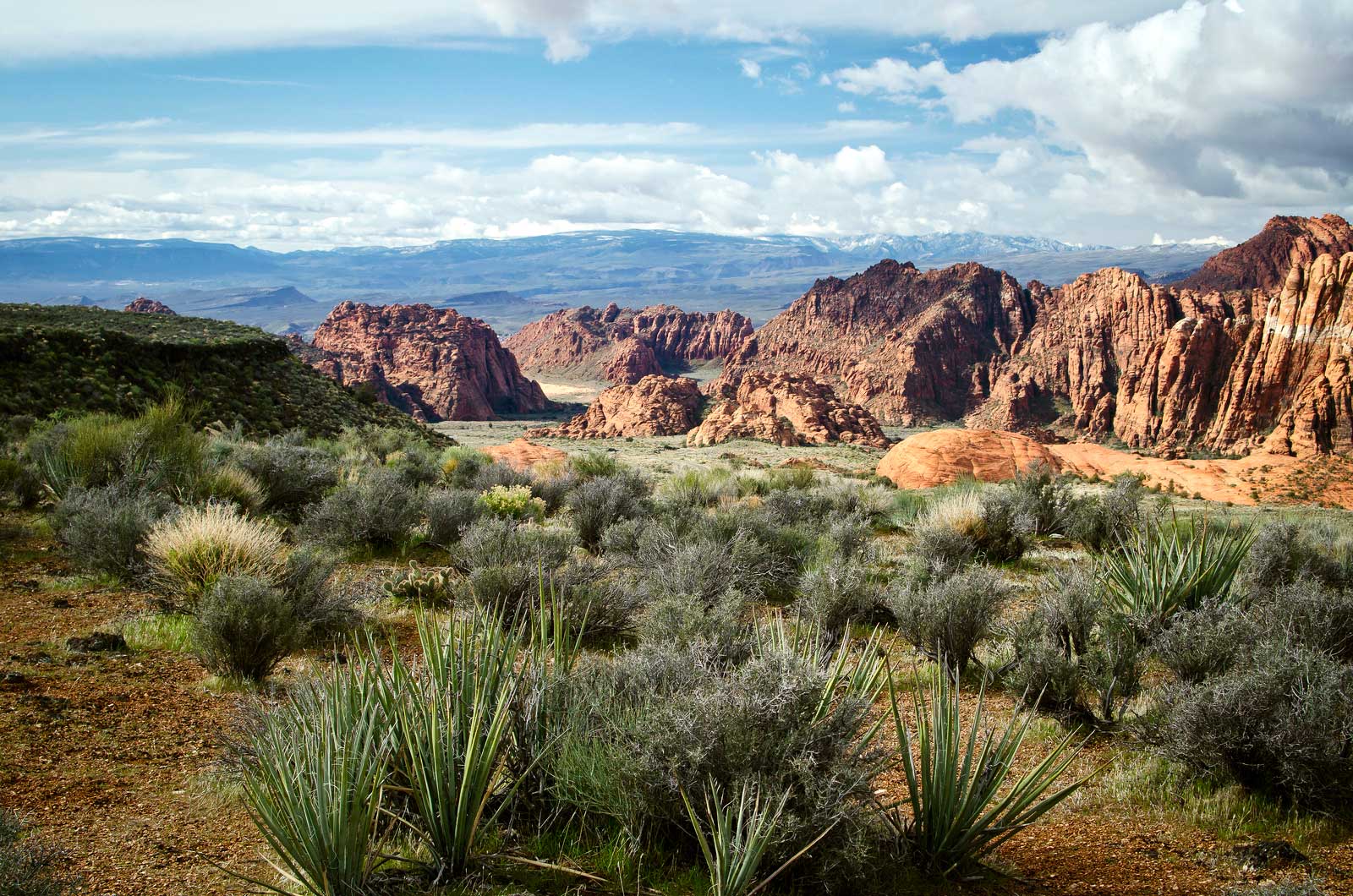Wind

Wind turbines. Credit: Joshua Winchell, USFWS.
View or download: Interim Guidance for Wind Energy Development in Wyoming (PDF) (12/1/2011)
Early project coordination with the U.S. Fish and Wildlife Service (Service) is important for achieving compliance with the Migratory Bird Treaty Act (16 U.S.C. 703), the Bald and Golden Eagle Protection Act (16 U.S.C. 668), and the Endangered Species Act (16 U.S.C. 1531 et seq.). Planning a wind energy development that reduces wildlife conflicts can reduce liabilities under these statutes and lower project costs by minimizing repeated site modifications in response to wildlife issues. Data and information gathered in accordance with these guidelines, and evaluated in coordination with Service’s Wyoming Field Office biologists, will assist developers in planning projects that will avoid and minimize impacts to the Service’s trust resources.
We encourage project proponents to use a planning process that starts with conservative assumptions about what may be needed to ensure a wind energy development that is compatible with long-term wildlife conservation. To achieve this objective, both site screening (“macrositing”) and site development options (“micrositing”) need to be addressed. This document focuses on micrositing guidance to enhance wildlife conservation during project development and operation in Wyoming.
Recommendations in this Guidance for Wind Energy Development are specific to Wyoming and are tiered to the Service’s national wind energy guidance. The Service issued Final National Land-Based Wind Energy Guidelines on March 23, 2012 http://www.fws.gov/windenergy/. These voluntary guidelines replace the voluntary interim guidance issued by the Service in 2003.


















